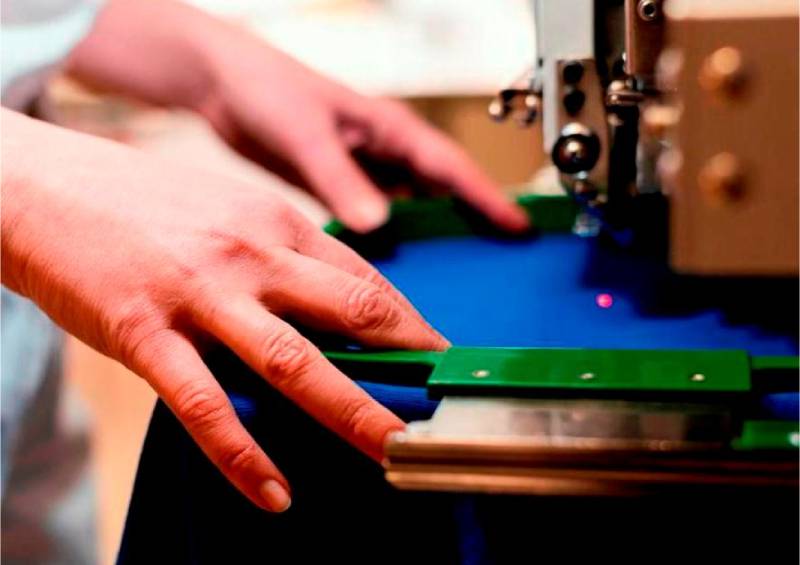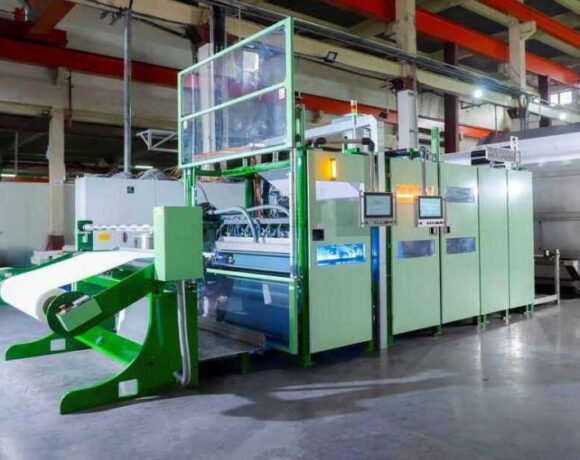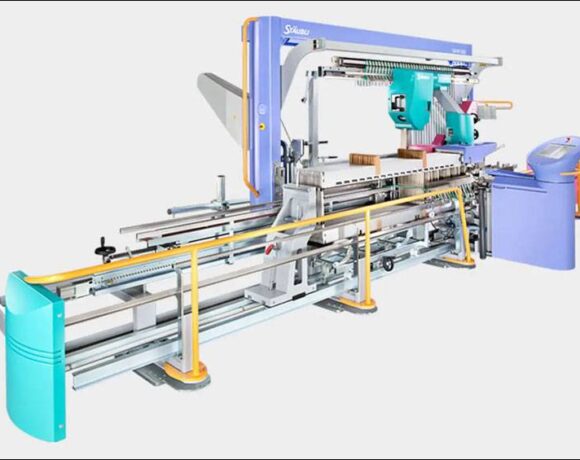Laser Cut Fabrics Reduce Microfibre Release During Laundry

Indian researchers have analysed that laser and ultrasonic cutting methods reduce the microfibre release up to 20 times in environment during laundry, compared to the conventional scissor-cut edges.
Microfibers released from textile materials are receiving greater attention due to their severe adverse effects on the environment.
Although mitigation strategies have been developed for laundering, researchers uphold that it is crucial to start mitigating at the source.
The research aimed to analyse the cutting and sewing methods of knitted fabrics and their impact on the microfibre release of garments during laundry.
The results of the study have confirmed that cutting and sewing methods have a significant impact on the microfibre release of a garment.
The analysis of different cutting methods showed that laser and ultrasonic cutting methods reduce the microfiber release up to 20 times compared to the conventional scissor-cut edges.
While comparing the different stitch types, the overlock stitch type showed reduced shedding than the other stitch types like flatlock stitch and single needle lockstitch.
“Our results showed that the use of more needles increases the microfibre emission among different stitch variations of the same stitch type,” the researchers said.
“For instance, a 45.27 percent increase in microfibre emission was reported with the 4-thread overlock stitch with two needles than with the 3-thread stitch with one needle),” they added.
Regarding seam type, the proposed edge finishing seam was effective in reducing 93 percent of microfibre release as the edges are completely covered.
When the effect of stitch density is considered, in the case of single needle lockstitch and flatlock stitch, the microfiber release is reduced with increased stitch density.
“The results confirmed that a proper selection of stitch, stitch density, and seam type would reduce the microfibre release from a garment by up to 64.6 percent,” the researchers concluded.














